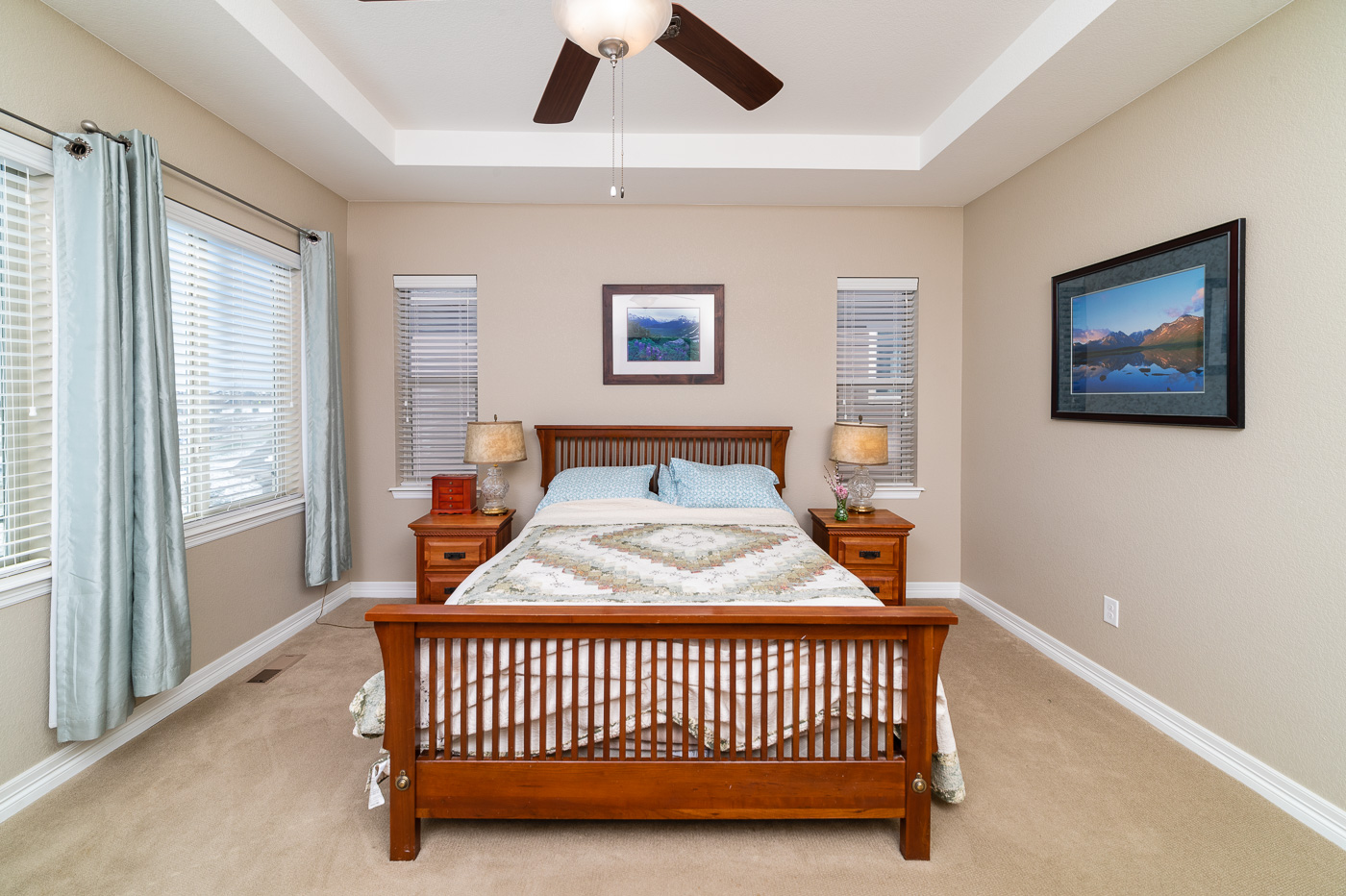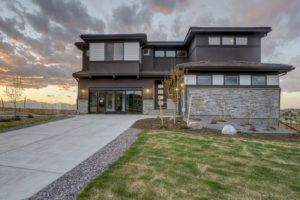Taking good photographs of real estate is challenging because of the high degree of dynamic range (the difference between lights and darks) in the scene. If the photographer exposes for the scene out the windows, the interior will likely be too dark. Conversely, if the photographer exposes for the interior, the windows will be blown out. Here is an example of what I mean. In the first photo, the window looks great but the interior is dark. In the second photo, the reverse is true.
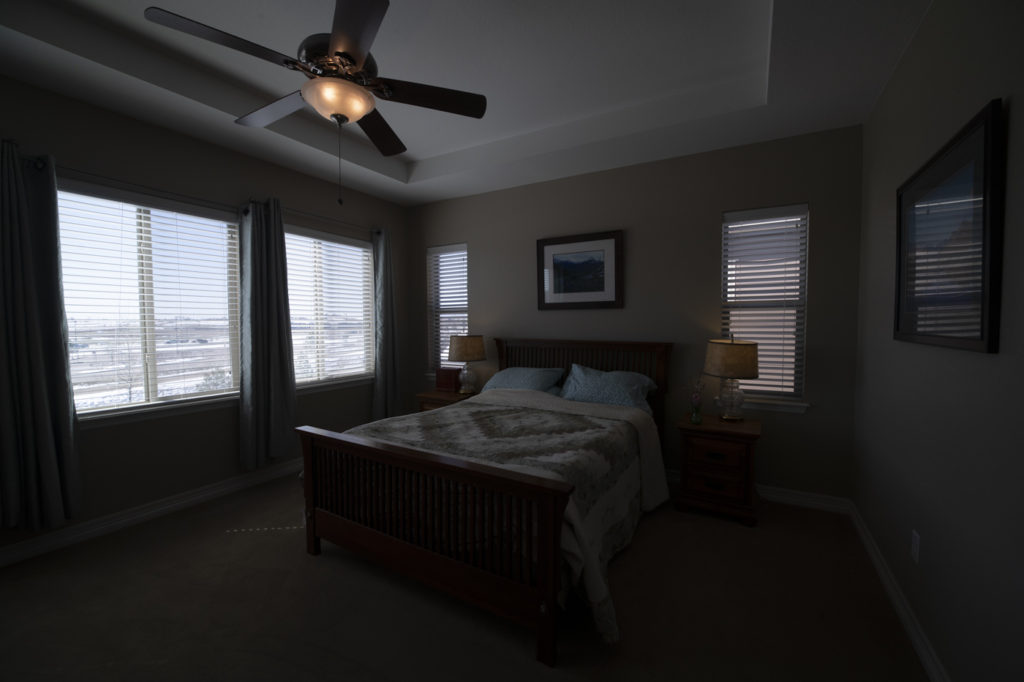
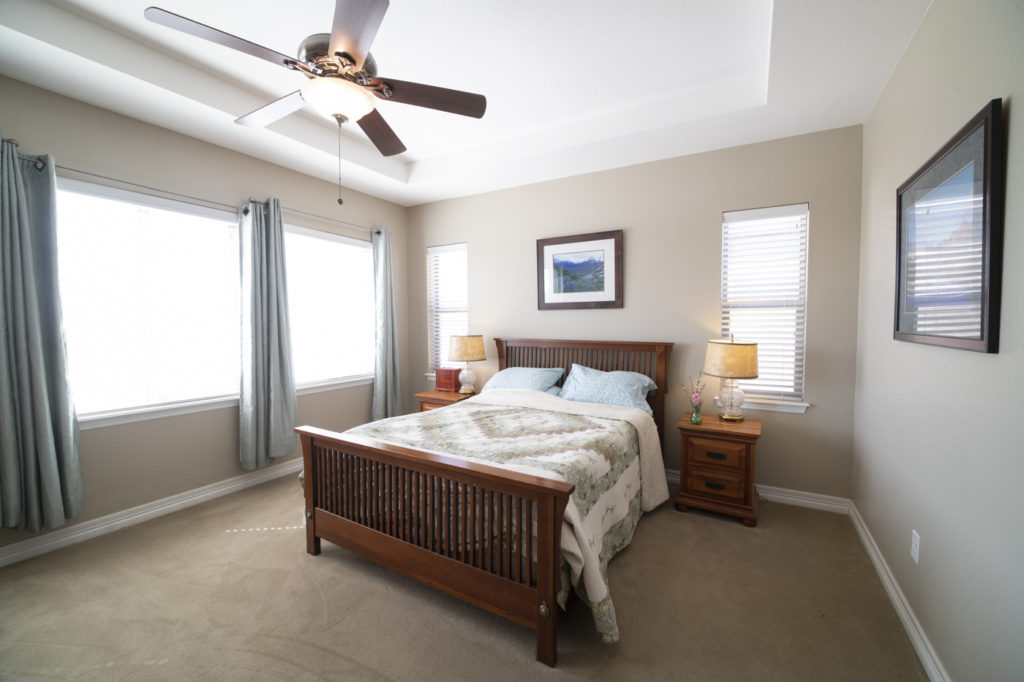
Many real estate photographers offer HDR (high dynamic range) blending as a way to compensate for the issue of dynamic range. While it does make the resulting photo look more like our eye or our brain would envision the scene, it doesn’t fix all problems. Let’s look at the photo below. While it is certainly better than the above two examples, it is far from perfect. The color is off, and not all parts of the bedroom are evenly lit. Some are still in deep shadow.
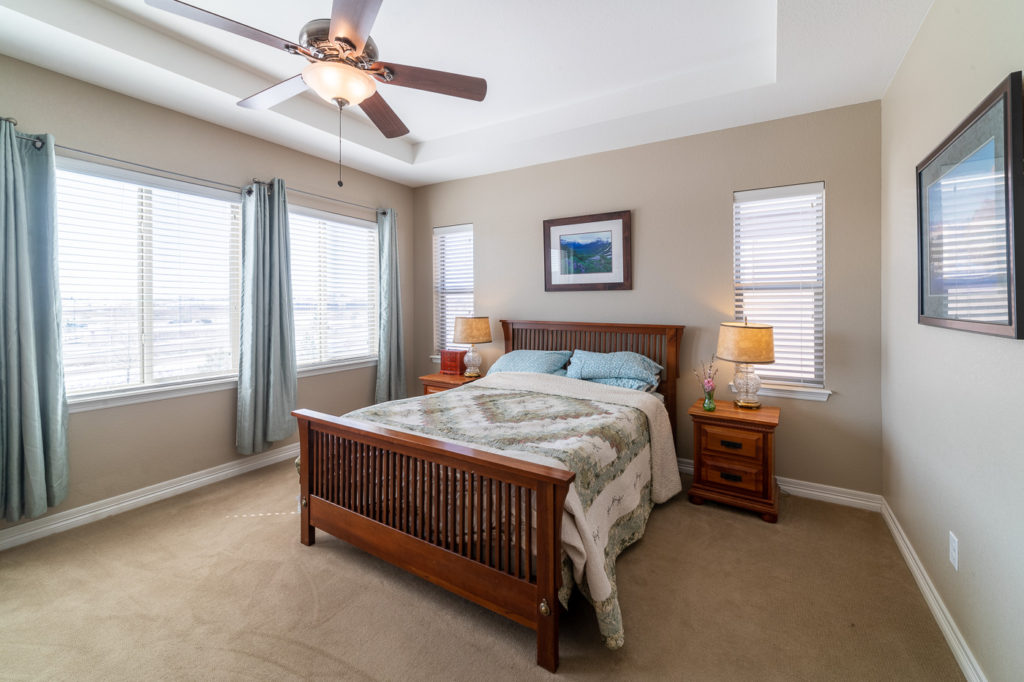
This points to a second problem with lighting in most real estate scenes is–it is coming from multiple sources. Daylight or ambient light is often pouring in from the windows and mixing with artificial lighting inside. What you get is a something of a lighting Frankenstein. To fix this problem, a photographer can use flash to overpower the ambient and artificial light in the room and get a much more even color cast throughout the room. For this scene, I positioned two flashes a little behind and to either side of the camera. They are pointed up toward the ceiling and angled back a little. I put them about 3 feet below the ceiling to get the best bounce from the ceiling. Another benefit of using flash is that the window scene can be properly exposed for while still lighting the interior of the room. Sometimes, however, this can give a somewhat flat or fake look to the photos. Thus, the best solution is to blend the flash photo with a little bit of the ambient light from the HDR blend to get the best of both worlds. Now, the scene is evenly lit, the color is consistent, and some directionality of light can still be seen.
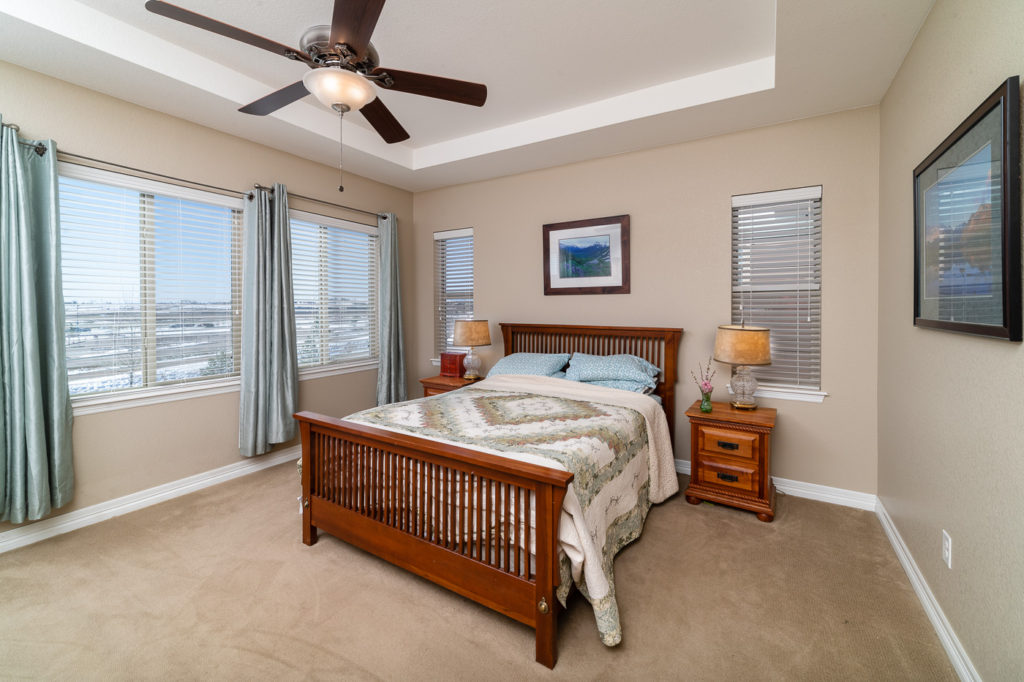
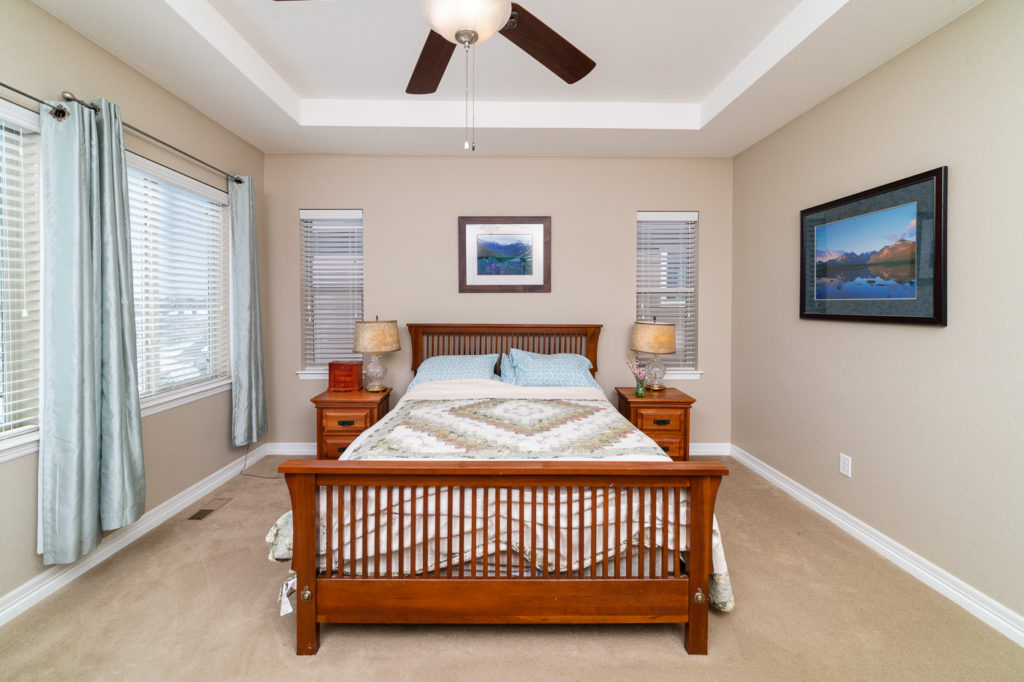
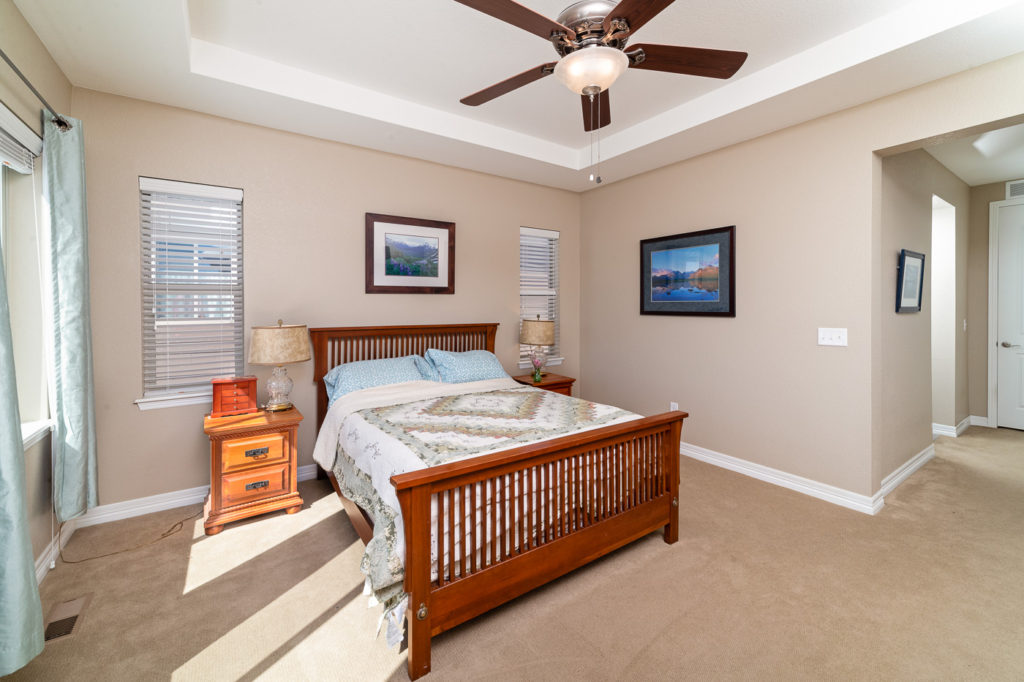
While it takes a little more effort than simply bracketing exposures and using HDR processing, the results speak for themselves. You get a higher quality image to deliver to your client.
